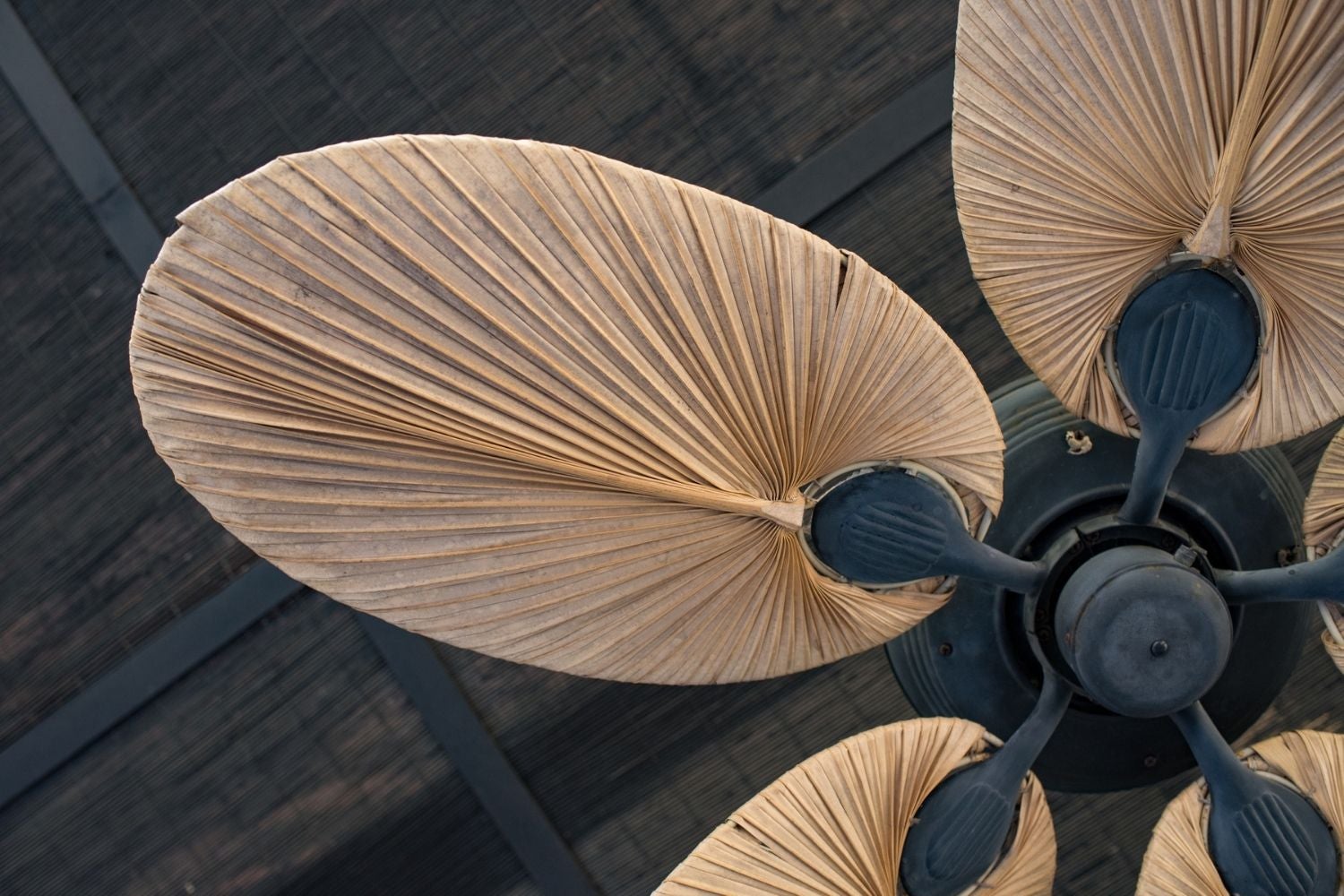

Articles
When Were Ceiling Fans Invented
Modified: January 18, 2024
Discover the fascinating history of ceiling fans in this informative article. Find out when these cooling devices were invented and how they have evolved over time.
(Many of the links in this article redirect to a specific reviewed product. Your purchase of these products through affiliate links helps to generate commission for Storables.com, at no extra cost. Learn more)
Introduction
The invention of the ceiling fan revolutionized the way we cool our living spaces. Offering comfort, energy efficiency, and aesthetics, ceiling fans have become an integral part of modern homes. But have you ever wondered when ceiling fans were first invented? In this article, we will delve into the history of ceiling fans, tracing their roots back to their early forms of air circulation.
Before the advent of electric fans, people utilized various methods to circulate air in their homes. In ancient times, large hand-operated fans made from materials like feathers or palm leaves were commonly used. These fans were effective in creating a breeze and providing relief in hot climates.
However, it wasn’t until the late 19th century that the electric fan was introduced. The invention of the electric fan revolutionized the way we cool down our living spaces. While early electric fans were portable and placed on tables or mounted on stands, the desire for a more efficient and space-saving cooling solution led to the emergence of the ceiling fan.
Early models of ceiling fans were powered by belt-driven systems, where a single motor was connected to multiple fans via a system of belts and pulleys. These early ceiling fans were often found in industrial or commercial settings, such as factories and offices. They were not as common in residential homes due to their large size and complex installation requirements.
Key Takeaways:
- The invention of the electric fan in the late 19th century marked a significant leap in cooling technology, paving the way for the emergence of space-saving and efficient ceiling fans in residential and commercial spaces.
- Modern innovations in ceiling fan technology, such as smart home integration, DC motors, and enhanced airflow control, have transformed these fixtures into stylish, energy-efficient, and feature-rich cooling solutions for homes and businesses.
Read more: When Were Rugs Invented
Early forms of air circulation
Throughout history, humans have sought ways to combat the sweltering heat and create a more comfortable living environment. Even before the invention of electric fans, people devised various methods to circulate air in their homes.
One of the earliest forms of air circulation was the handheld fan. Made from materials such as feathers, palm leaves, or fabric, these handheld fans were commonly used by ancient civilizations to create a cooling breeze. These portable devices were practical and easily operated by hand, offering individuals some relief from the heat.
In addition to handheld fans, other ingenious methods were employed to circulate air in enclosed spaces. Windcatchers, also known as wind towers, were architectural features used in ancient Persia and other regions of the Middle East. These structures were designed to catch and funnel cool breezes into buildings, providing natural ventilation and airflow.
Another form of air circulation found in traditional architecture is the use of clerestory windows. These windows are placed high on the walls of a building to allow hot air to escape and draw in cooler air from outside. This design feature can still be seen in ancient buildings and temples.
Water evaporation was also harnessed as a method of air cooling. Ancient civilizations in arid regions, such as Egypt and Persia, utilized water systems like fountains and pools to create a cooling effect. As air passed over the water’s surface and evaporated, it caused a drop in temperature, providing relief from the heat.
While these early forms of air circulation were effective to some extent, they often relied on natural elements like wind or water. It wasn’t until the invention of the electric fan that a more reliable and efficient method of air circulation was introduced.
The invention of the electric fan
The invention of the electric fan in the late 19th century revolutionized the way we cool our homes and spaces. Prior to the electric fan, people relied on handheld fans, windcatchers, and other methods of air circulation to beat the heat.
It was in the 1880s that the first electric fans began to emerge. These early models were relatively simple, consisting of a motor that powered a set of blades or fan wheels. The motor was typically driven by electricity generated from a direct current (DC) power source.
The creation of the electric fan is attributed to multiple inventors who made advancements in fan technology. In 1882, Philip Diehl, an American engineer and inventor, patented the first electric ceiling fan. Diehl’s design featured a motor that was mounted on the ceiling and drove a set of blades to circulate air throughout a room.
Diehl’s electric ceiling fan was a significant leap forward in cooling technology, as it offered a more efficient and convenient solution compared to handheld fans or windcatchers. However, it should be noted that Diehl’s design was still bulky and required manual operation.
Shortly after, in 1887, another American inventor named Schuyler Skaats Wheeler improved upon Diehl’s design by adding a self-contained motor instead of relying on external power sources. Wheeler’s invention allowed for easier installation and control of the fan, making it more accessible to residential homes.
As electricity became more widespread in the early 20th century, the demand for electric fans grew. Manufacturers began producing electric fans on a larger scale, and various designs and styles emerged to cater to different needs and preferences. The electric fan quickly became a staple appliance in households, offering a more comfortable indoor environment.
With the invention of the electric fan, people could now enjoy a consistent and refreshing breeze without relying on natural elements or manual labor. This marked the beginning of a new era in cooling technology.
The emergence of ceiling fans
While electric fans provided a significant improvement in air circulation, there was still a need for a more efficient and space-saving cooling solution. This gave rise to the emergence of ceiling fans.
Ceiling fans offered several advantages over traditional electric fans. Firstly, they utilized the ceiling space, eliminating the need for additional floor or table space. This was especially beneficial in smaller living spaces where every inch counted. Additionally, ceiling fans provided cooling from above, creating a downward breeze that was more effective in circulating air throughout the room.
The first ceiling fans were powered by a belt-driven system, where a single motor was connected to multiple fans via a system of belts and pulleys. This mechanism allowed for the simultaneous operation of multiple fans, increasing the airflow and coverage area.
During the late 19th century and early 20th century, ceiling fans were primarily used in industrial and commercial settings, such as factories and offices. Their large size and complex installation requirements made them less common in residential homes.
However, as advancements in technology and manufacturing processes occurred, ceiling fans became more accessible and affordable for residential use. The introduction of smaller and lighter motor designs, along with simplified installation methods, made it easier for homeowners to incorporate ceiling fans into their living spaces.
In the early years, ceiling fans were often seen as a symbol of luxury and sophistication. They were commonly found in grand hotels, upscale restaurants, and lavish homes. The presence of a ceiling fan was indicative of a well-designed and comfortable space.
As the benefits and aesthetic appeal of ceiling fans became more widely recognized, their popularity started to grow. Homeowners began to realize the energy-saving benefits of ceiling fans, as they could aid in the circulation of air, reducing the reliance on costly air conditioning systems.
The emergence of ceiling fans marked a significant turning point in cooling technology. They became a common feature in residential homes, providing comfort and airflow while adding a touch of elegance to the interior design.
Early models of ceiling fans
When ceiling fans first emerged, they were quite different from the sleek and modern designs we see today. Early models of ceiling fans were functional but lacked the aesthetic appeal that we now associate with these fixtures.
One of the earliest types of ceiling fans used a belt-driven system. These fans consisted of a single motor mounted on the ceiling, connected to multiple fan blades via a system of belts and pulleys. The motor was typically housed in a central hub, from which the blades extended outward.
The blades of early ceiling fans were often made of wood, as it was a readily available and durable material. They were usually rectangular or paddle-shaped, with a utilitarian design focus rather than an emphasis on aesthetics. The number of blades varied, usually ranging from two to four.
Most early ceiling fans operated in a single direction, usually clockwise or counterclockwise. Changing the direction of airflow was achieved by manually adjusting the belts and pulleys. This feature allowed for flexibility in adjusting the breeze according to the season or personal preference.
Early ceiling fans were typically operated by a pull chain or a wall-mounted switch. The pull chain mechanism allowed users to adjust the fan speed or turn the fan on and off. In some cases, a metal rod or a long wooden stick was used to reach the pull chain if the fan was mounted at a higher height.
Compared to contemporary ceiling fans, early models were relatively large and heavy. This was due to the bulky motor and the need for a considerable amount of space to accommodate the belt-driven system. Installation was often a complex process, requiring careful mounting and alignment of the fan components.
Despite their functional design and somewhat cumbersome appearance, early ceiling fans were a groundbreaking innovation in providing improved air circulation and cooling in both residential and commercial settings. Their popularity paved the way for further advancements in ceiling fan technology.
Ceiling fans were invented in the 1860s by American inventor Philip Diehl. He adapted the motor from a sewing machine to create the first electric ceiling fan.
Read more: When Were Curtains Invented
Advancements in ceiling fan technology
Over the years, significant advancements have been made in ceiling fan technology, resulting in more efficient, quieter, and aesthetically appealing models. These advancements have transformed ceiling fans into the sleek and sophisticated fixtures we know today.
One of the major advancements in ceiling fan technology is the transition from belt-driven systems to direct-drive systems. Direct-drive ceiling fans feature a motor that is directly connected to the fan blades, eliminating the need for belts and pulleys. This design change not only improves efficiency but also reduces the noise associated with the operation of the fan.
In addition to the switch to direct-drive systems, modern ceiling fans now come with variable speeds. This feature allows users to adjust the fan speed according to their comfort or energy-saving needs. Typically, ceiling fans offer three or more speed settings, ranging from low to high, giving users control over the airflow in their space.
Another significant advancement is the development of remote controls and wall-mounted controls for ceiling fans. These convenient control options eliminate the need for manual adjustment of fan settings and allow users to operate the fan from a distance. With the push of a button, users can change the speed, direction, and even turn the fan on or off.
Energy efficiency has also been a focus in the advancement of ceiling fan technology. Many modern ceiling fans are designed to be energy-efficient, consuming less electricity while providing powerful airflow. Energy-efficient ceiling fans often come with the Energy Star certification, ensuring that they meet strict energy-saving standards.
Furthermore, advancements in motor technology have led to the development of more silent ceiling fans. High-quality motors and precision engineering reduce noise levels, making modern ceiling fans considerably quieter compared to their earlier counterparts.
Design has also played a significant role in the evolution of ceiling fans. Today, consumers can choose from a wide range of styles, finishes, and blade designs to suit their personal preferences and complement their interior decor. From sleek contemporary models to rustic or vintage-inspired designs, there is a ceiling fan to fit every aesthetic.
The integration of lighting fixtures into ceiling fans is another valuable advancement. Many modern ceiling fans now come with built-in LED lights or the option to add light kits. This dual-functionality not only saves space but also provides added convenience. Users have the option to use the fan independently or use both the fan and light together.
Overall, advancements in ceiling fan technology have resulted in more efficient, versatile, and visually appealing products. These innovations continue to enhance the functionality and convenience of ceiling fans, ensuring they remain a popular choice for cooling and ventilation in homes and commercial spaces.
Popularity and widespread use
With their numerous benefits and advancements in technology, ceiling fans have gained immense popularity and widespread use in homes and commercial spaces around the world. Their versatility, energy efficiency, and aesthetic appeal have made them a go-to cooling solution for many.
Ceiling fans offer a cost-effective alternative to air conditioning systems, allowing users to reduce their energy consumption and save on electricity bills. By utilizing ceiling fans along with air conditioning, homeowners can raise the temperature by a few degrees while still maintaining a comfortable environment.
In warmer climates, ceiling fans are essential for creating a cooling breeze and increasing air circulation. The gentle breeze created by the fan helps to evaporate moisture from the skin, which provides a cooling effect and makes the room feel more comfortable.
Commercial spaces such as offices, hotels, restaurants, and retail stores benefit greatly from the use of ceiling fans. They not only provide comfort to employees and customers but also enhance the overall aesthetic appeal of the space. Ceiling fans can serve as a stylish focal point, complementing the interior design elements and creating a more inviting atmosphere.
One of the reasons for the widespread use of ceiling fans is their ease of installation and compatibility with existing electrical systems. Ceiling fans can be easily retrofitted into homes and buildings without significant modifications or disruptions. This accessibility and convenience have contributed to their popularity.
Moreover, the variety of styles, sizes, and finishes available in the market has made it easier for homeowners and designers to choose a ceiling fan that matches their unique preferences and decor. From traditional classics to modern designs, there is a ceiling fan to suit every style and space.
With the advancement in technology, ceiling fans now come with additional features such as remote controls, smart home integration, and even reversible blades for seasonal use. These features have made ceiling fans even more user-friendly and cater to the demands of the modern homeowner.
The widespread use of ceiling fans is not limited to residential and commercial spaces alone. Outdoor ceiling fans are also gaining popularity, allowing individuals to enjoy the benefits of air circulation and cooling in outdoor living areas, patios, and porches.
Overall, the popularity and widespread use of ceiling fans can be attributed to their functionality, energy efficiency, aesthetics, and ease of installation. With their unique combination of style and utility, ceiling fans have become a staple cooling solution in homes and businesses across the globe.
Modern innovations in ceiling fans
As technology continues to advance, so does the realm of ceiling fan innovation. Manufacturers have been constantly pushing the boundaries to create even more sophisticated and feature-rich ceiling fans. Here are some of the modern innovations that have transformed the ceiling fan industry:
1. Smart Technology: Smart home integration has had a significant impact on ceiling fan functionality. Many modern ceiling fans now come with Wi-Fi connectivity, allowing users to control fan settings through smartphone apps or voice-activated assistants. With these smart features, users can easily adjust fan speed, change direction, set timers, or automate fan operation based on their preferences.
2. DC Motors: Direct current (DC) motors have become increasingly popular in ceiling fan designs. DC motors are more energy-efficient and generate less heat compared to traditional alternating current (AC) motors. This efficiency translates to reduced electricity consumption and quieter operation, making DC motor ceiling fans a desirable option for eco-conscious consumers.
3. Blade Designs: Blade designs have evolved to improve both airflow and aesthetics. Engineers have developed innovative blade shapes and angles that increase air movement while reducing noise. Additionally, blade materials and finishes have expanded to include options like bamboo, aerodynamic plastics, and sleek metallic finishes.
4. Integrated LED Lighting: Many modern ceiling fans now incorporate energy-efficient LED lighting fixtures. These integrated lights provide both functional and ambient lighting, eliminating the need for separate fixtures and optimizing space utilization. LED lighting also offers increased lifespan and improved energy efficiency compared to traditional incandescent or fluorescent bulbs.
5. Enhanced Airflow Control: Advanced airflow control options have become a prominent feature in modern ceiling fans. Some models include multiple fan speeds, allowing users to choose the desired level of air circulation. Additionally, some ceiling fans offer reverse airflow functionality, enabling users to switch between updraft and downdraft modes for year-round comfort. This capability is particularly beneficial during colder months when reverse airflow can help distribute warm air more effectively.
6. Noise Reduction Technology: Noise reduction has been a focal point in modern ceiling fan design. Manufacturers have implemented innovative measures, such as improved motor housing and blade balancing techniques, to minimize operational noise. As a result, modern ceiling fans are noticeably quieter, allowing for a more peaceful and enjoyable environment.
7. Stylish Designs and Finishes: Contemporary ceiling fans offer a wide array of styles, sizes, and finishes to suit various interior design preferences. From sleek and minimalist designs to ornate and vintage-inspired aesthetics, there is a ceiling fan to complement any decor style. These stylish options allow homeowners to enhance the visual appeal of their interior spaces while enjoying efficient cooling.
8. Energy Efficiency: There has been a growing emphasis on energy-efficient ceiling fans to reduce environmental impact and save on energy costs. Many modern ceiling fans are designed to meet strict energy standards, ensuring optimal performance and reduced electricity consumption. The Energy Star certification has become a common benchmark for energy-efficient ceiling fans.
These modern innovations in ceiling fans have elevated their functionality, convenience, and design versatility. Whether it’s the integration of smart technology, improved motor efficiency, or enhanced airflow control, these innovations continue to shape the future of ceiling fan technology, offering users an upgraded and satisfying cooling experience.
Conclusion
The invention and evolution of ceiling fans have revolutionized the way we cool and circulate air in our living spaces. From the early days of handheld fans to the emergence of electric fans and the subsequent introduction of ceiling fans, this cooling technology has come a long way.
Ceiling fans have proven to be a popular and practical cooling solution for both residential and commercial spaces. They offer numerous benefits, including energy efficiency, cost-effectiveness, and aesthetic appeal. With advancements in technology, modern ceiling fans now come with a range of features such as smart home integration, DC motors, enhanced airflow control, and stylish designs.
Through the years, ceiling fans have not just provided comfort but also played a vital role in energy conservation. By utilizing ceiling fans alongside air conditioning systems, homeowners can reduce energy consumption and lower their electricity bills.
Maintaining a comfortable indoor environment is essential, and ceiling fans offer an effective and environmentally friendly way to achieve this. With their ability to create a cooling breeze, improve air circulation, and enhance the overall ambiance of a space, ceiling fans have become a staple in homes, offices, restaurants, and other commercial settings.
As technology continues to advance, we can expect even more innovations in ceiling fan design and functionality. From improved motor efficiency to enhanced control options and stylish aesthetics, the ceiling fan industry is constantly evolving to meet the needs and preferences of consumers.
In conclusion, ceiling fans have truly stood the test of time and continue to be an integral part of our daily lives. They offer a cost-effective, efficient, and stylish solution for keeping our spaces cool and comfortable. Whether it’s a classic design or a cutting-edge model with advanced features, the ceiling fan remains a reliable and beloved cooling companion in every season.
Frequently Asked Questions about When Were Ceiling Fans Invented
Was this page helpful?
At Storables.com, we guarantee accurate and reliable information. Our content, validated by Expert Board Contributors, is crafted following stringent Editorial Policies. We're committed to providing you with well-researched, expert-backed insights for all your informational needs.
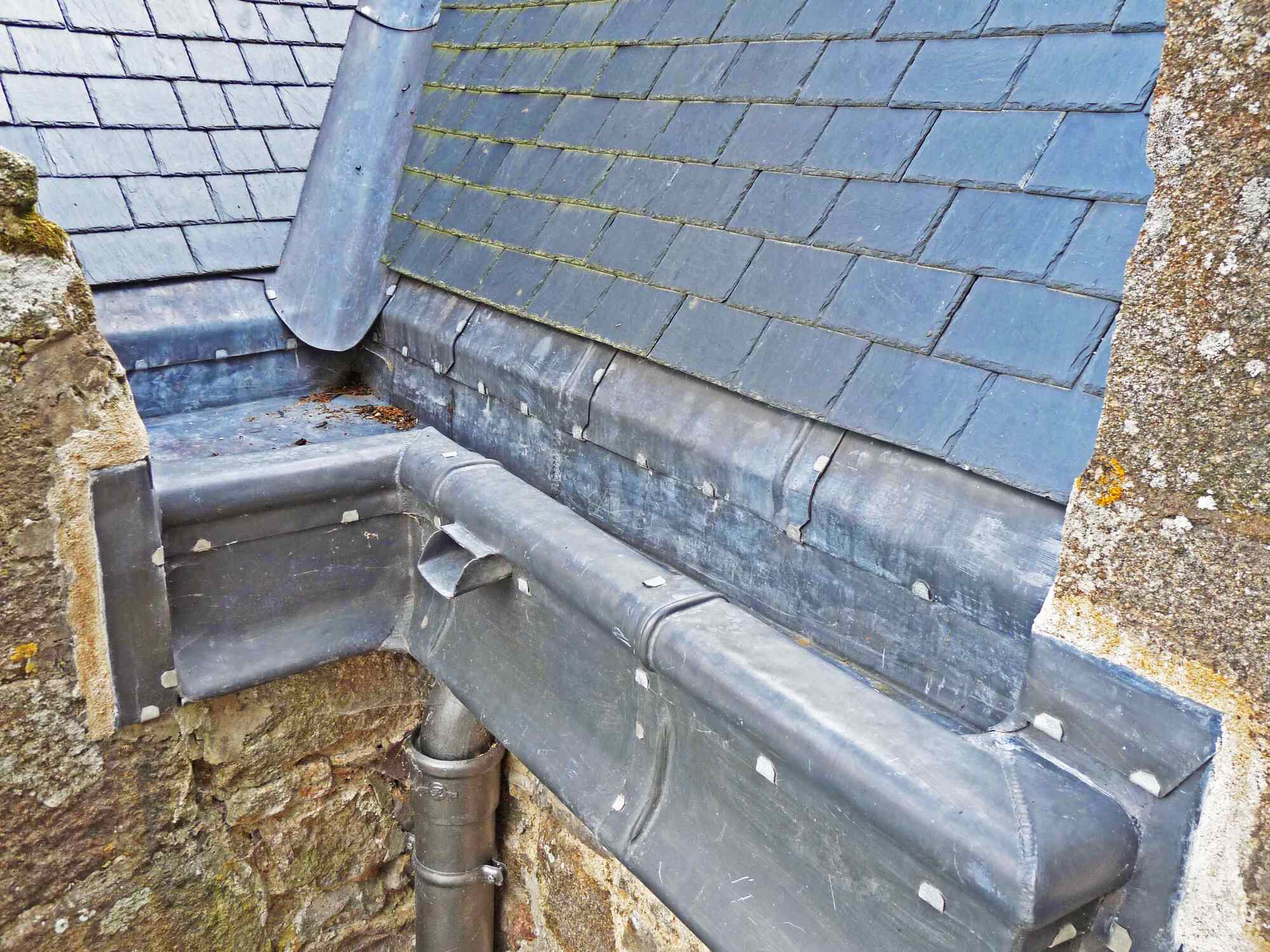



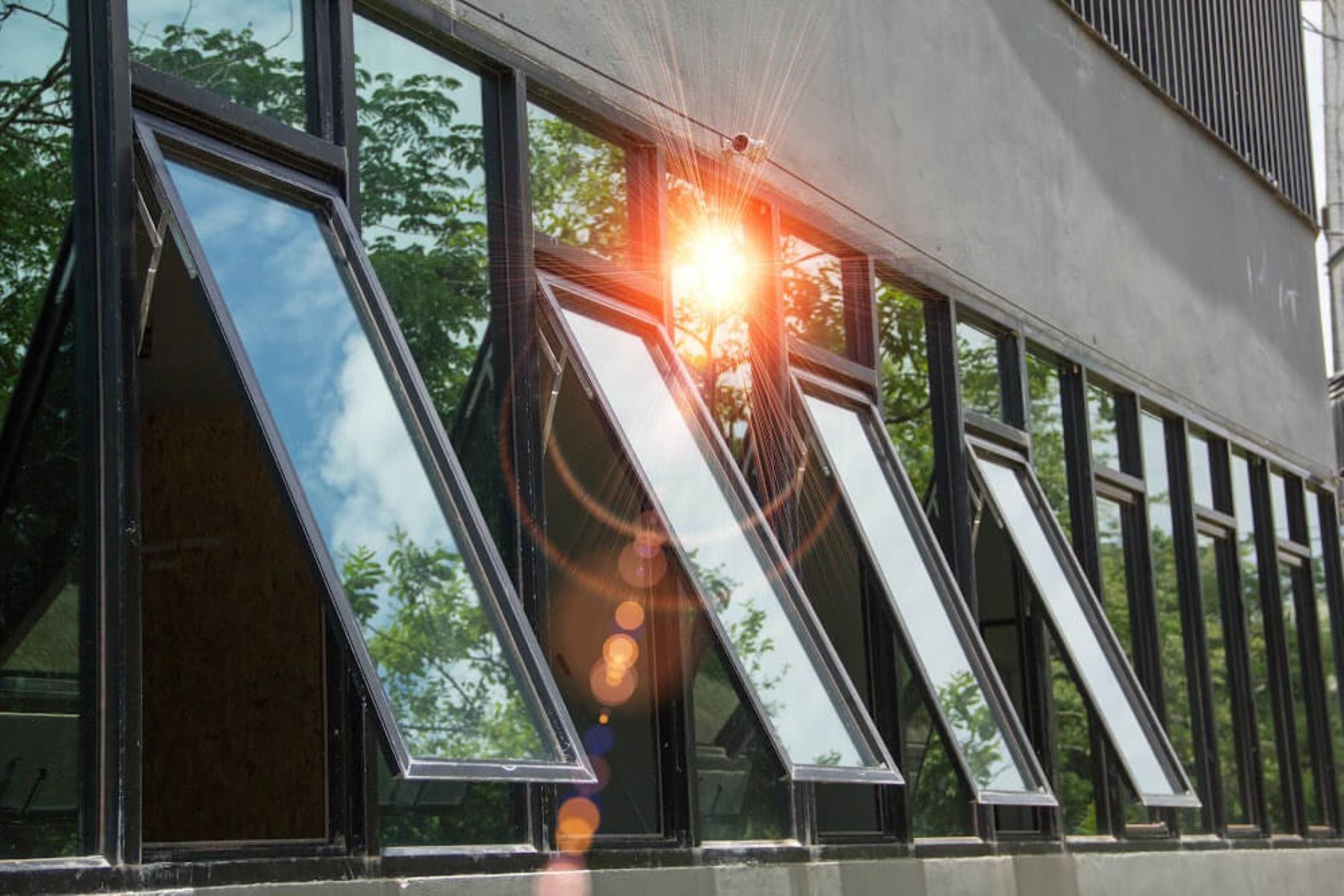


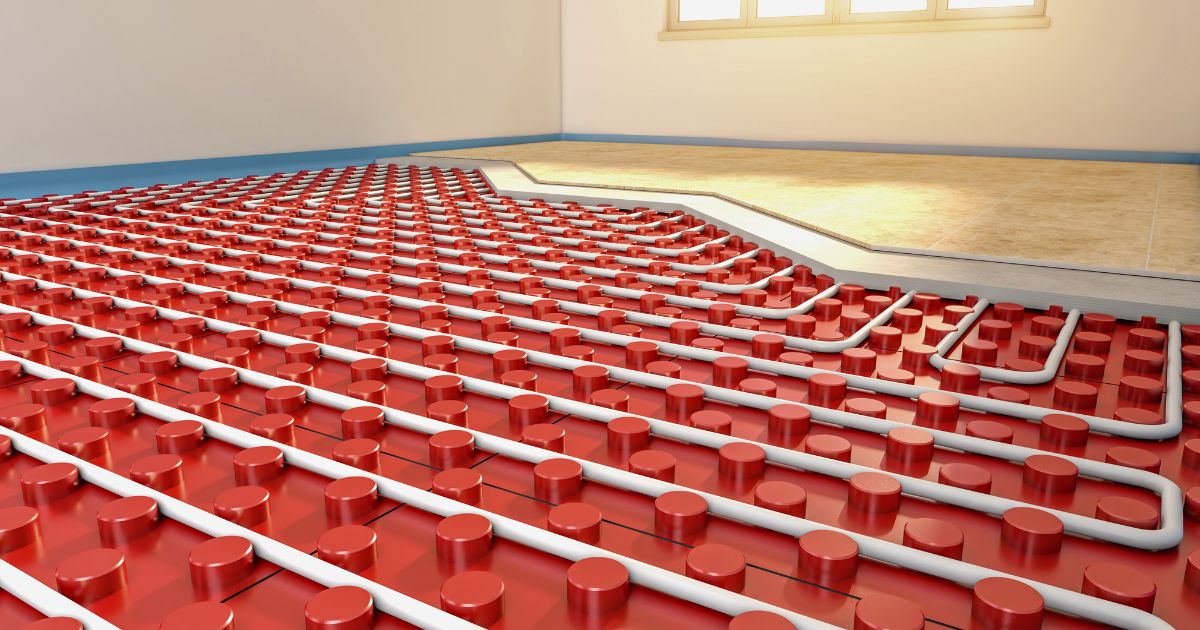
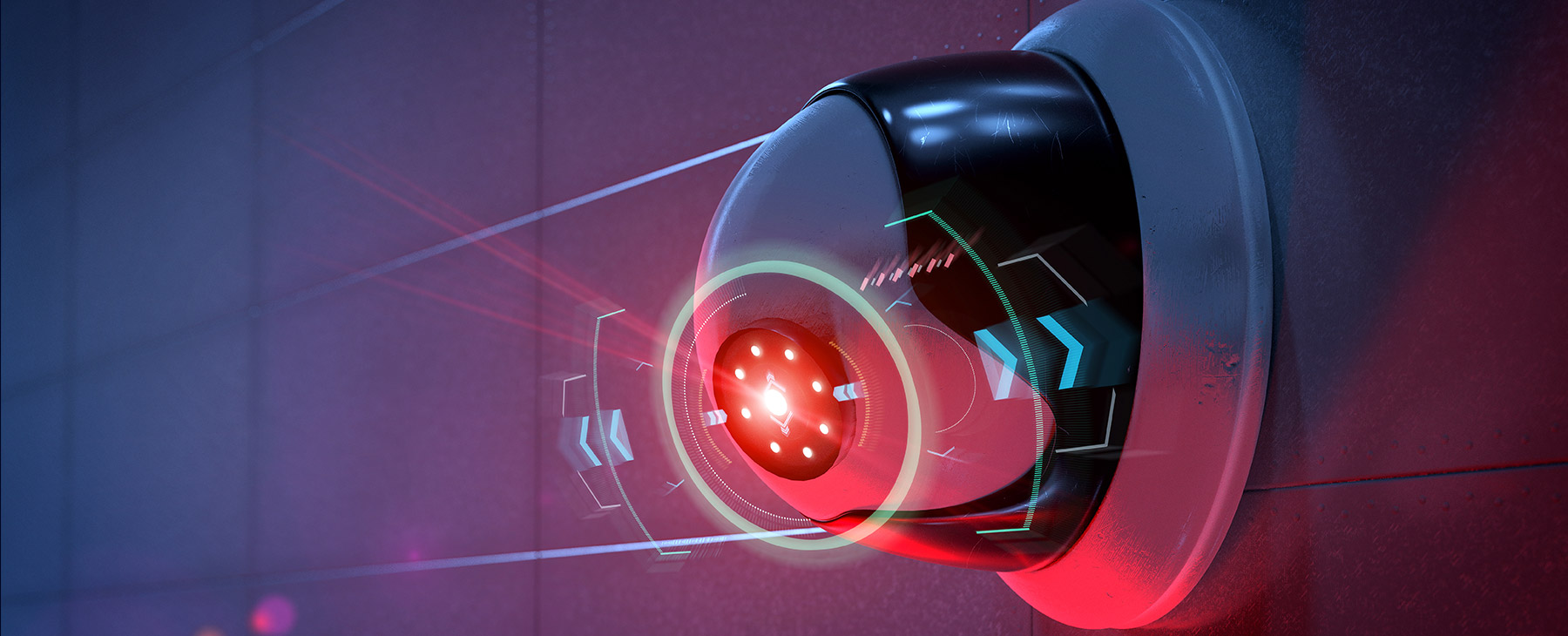






0 thoughts on “When Were Ceiling Fans Invented”